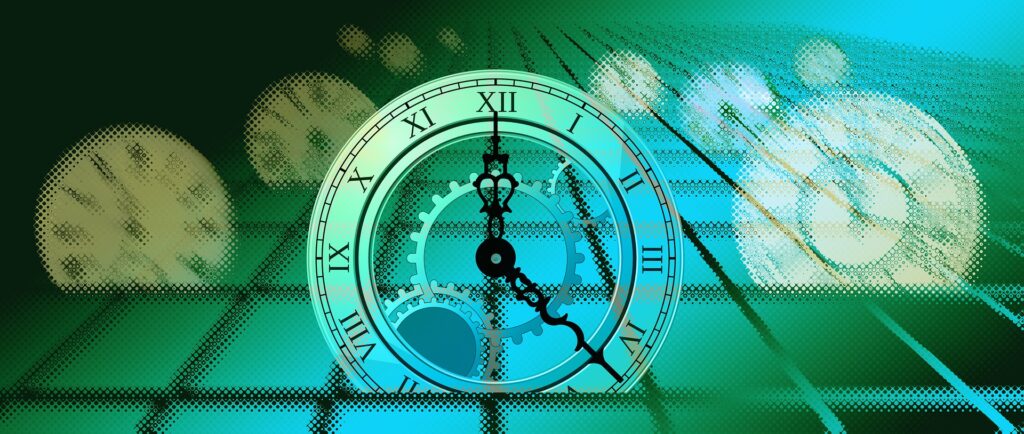The state-of-the-art design may allow us insight into dark matter and gravitational waves.
A team of physicists at Massachusetts Institute of Technology (MIT) have developed a new type of atomic clock that’s more precise than current models. By utilising a phenomenon known as quantum entanglement, the team have built a clock that can achieve the same precision that current atomic clocks four times faster than them.
Time keeping on an atomic scale
Throughout history, humans have used various means to track time. The most widely used is the position of the Sun in our sky.
However, more precise time measurement is needed in science. Time can be affected in tiny ways by quantum physical phenomena that contemporary timekeeping devices simply cannot measure.
For example, Einstein’s Theory of General Relativity means that gravity affects the passage of time. Whilst the difference is small, it is measurable. Clocks aboard satellites orbiting Earth tick about 45 microseconds faster per day than ones on Earth since they experience a weaker gravitational field than those on Earth. This is just a single way in which time can be affected by environmental factors.
An atomic clock is a timekeeping device precise enough to be sensitive to changes like these to the passage of time.
The current standard of atomic clock uses caesium atoms. A caesium atom’s electron is excited to a higher energy state using radiation which then drops back down after a fraction of a second and releases radiation. A second is defined as the time in which the atom does this 9,192,631,770 times.
Accurate time measurement is vital to understanding the universe. By probing all the small factors that affect it’s flow – we can better grasp the fundamentals of nature.
To achieve the maximum precision in an atomic clock, they would need to track the oscillation of a single atom. Unfortunately, scientists cannot do this because of certain quantum mechanical rules which means measuring a single atom makes it behave differently. They only begin to approach the correct answer when they average a large enough number of atoms. This is known as the Standard Quantum Limit.
Even after using many atoms, there is still some uncertainty about the exact individual frequency.
Using quantum physics to measure time
The effect of the Standard Quantum Limit can be subverted somewhat by another phenomenon known as quantum entanglement.
Quantum entanglement describes a state where atoms in a group show related properties, even though they act independently from each other. For example, take a pair of atoms. If you know their total spin is zero and one is found to have a spin of -1/2, you can infer the other has a spin of +1/2.
The team at MIT have applied this principle for the clock to try and counterbalance the effect from the standard quantum limit. The team theorised that by entangling the atoms, the individual oscillations would tighten up around the common frequency – giving precision beyond the Standard Quantum Limit with fewer atoms.
The clock developed by the team uses 350 atoms of Ytterbium.
They cooled the atoms and suspended them between two mirrors – something known as an optical cavity.
The laser was sent through the cavity and bounced off each mirror, interacting with the atoms thousands of times – “informing” the atoms of each other’s cycles and entangling their behaviours.
The team found that by doing this, the clocks reached the desired precision four times faster than when the atoms weren’t entangled.
Reaching the desired precision in a small amount of time is vital as many universal phenomena need to be measured on extremely fast timescales.
By having more precise timekeeping devices, physicists hope to begin probing signals left by more mysterious and elusive phenomena such as dark matter and gravitational waves.
